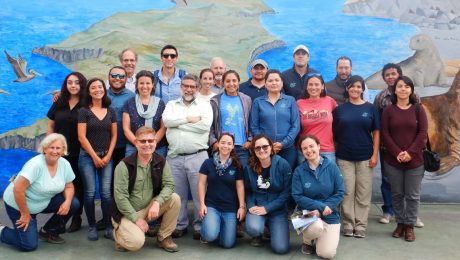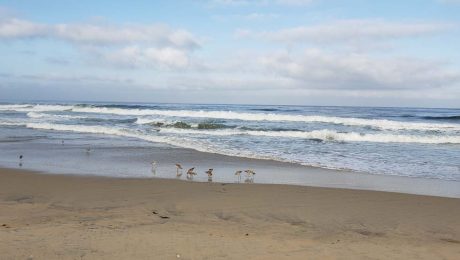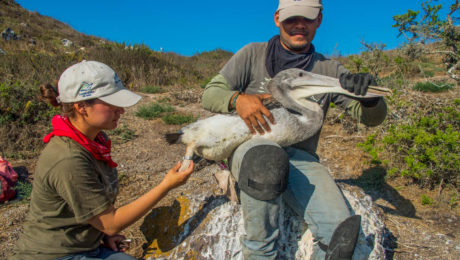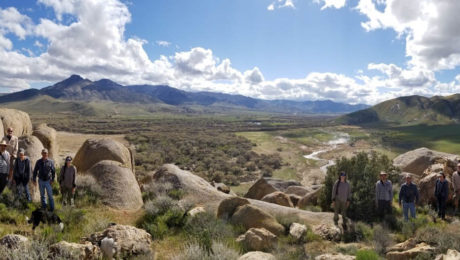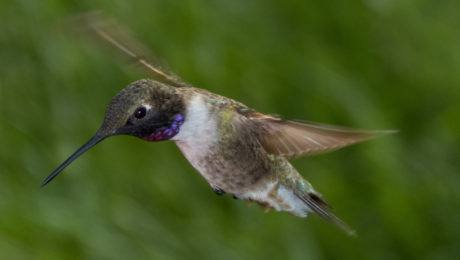Science Working Group Will Meet in October
Join us at the Science Working Group Meeting October 15-16, 2019 in Tucson, AZ.
- Published in Meetings and Events, News
Welcome Adam
We are thrilled to welcome Adam Hannuksela to the Sonoran Joint Venture as our new Science Coordinator.
- Published in News
The Power of Partnerships
The strength of the SJV comes from bringing together a diverse set of partners from both countries to share our experiences and work towards collaborative conservation actions. Here are some recent highlights that have come out of the SJV partnership.
- Published in News
Hello Ensenada
In June 2019, the SJV Science Working Group met in Ensenada, Baja California. After two years of only being able to hold meetings in the U.S., it was especially exciting to be back in Mexico.
- Published in Meetings and Events, News
SJV Board Makes Waves in Imperial Beach
In May 2019, the Sonoran Joint Venture Management Board met in Imperial Beach, California. One of the highlights of board meetings are field visits with our partners.
- Published in Meetings and Events, News
Brown Pelican Conservation Calls for Efforts without Borders
A binational collaboration network to identify Brown Pelican conservation strategies will come together for the first time during SJV’s Science Working Group meeting in Ensenada, Mexico in early June 2019.
- Published in News
Binational Monitoring of Wintering Long-billed Curlews in Mexicali Valley, Mexico
Like many shorebirds, the Long-billed Curlew is a migratory species that faces threats throughout its annual cycle. This project works to connect breeding and non-breeding Long-billed Curlew populations, while also facilitating binational collaborations to work toward a holistic conservation approach.
- Published in News
Motus Wildlife Tracking System Network for the West, A Partners in Flight Western Working Group Initiative
Building on the success of the Motus Wildlife Tracking System Network in the east, we plan to expand the use of this technology to meet pressing information needs for western birds to inform conservation actions within the next decade.
- Published in News
California Least Tern and Western Snowy Plover Recovery Efforts in Mexico
Nesting populations of California Least Tern and Western Snowy Plover are on the rise in Mexico thanks to collaborative conservation efforts. However, they still face many threats including loss and degradation of coastal dune habitat.
- Published in News
Hummingbird Response to Change
The Hummingbird Monitoring Network is working to understand hummingbird responses to change in order to provide resources and opportunities for engaging partners in hummingbird and pollination services conservation.
- Published in News


 English
English  Español
Español 